Many of us set an ideal target weight based on what our scale tells us. But, that’s only a fraction of the story. Here’s how testing your body composition gives you the full story and how to most effectively improve it.
Beyond weight and height, body composition considers your individual muscle, organs, bone, fat, tissue and water. It also provides insight into a person’s specific body fat percentage. This is a much better indicator of health risk than body mass index (BMI) which only measures one’s weight in relation to height.
To put this into perspective, a 5’10, 200-pound bodybuilder may have 10% body fat, while a 5’10, 200-pound person who leads a sedentary lifestyle may have 38% body fat. Their height and weight are the same, but the person with 38% body fat is more likely at higher risk for heart attack, stroke, diabetes and related diseases.
Some medical grade body composition analyzers have the capacity to look at deeper health parameters such as visceral fat, hydration, inflammation and cellular health which provide an even more comprehensive view of an individual’s overall well-being.
Now, let’s say you want to improve your weight and/or overall health. Where do you start? As we know, diet and exercise are key factors, but what “diet” is right for you?
The answer is a plan based on what your individual body needs. This can be done by measuring your oxygen consumption and CO2 output to determine your resting metabolic rate (RMR), as there is a direct correlation between oxygen consumption and calories burned. This will determine how many calories you need in a day. There is even advanced testing equipment with a CO2 sensor that tells you if you are more of a carbohydrate burner or fat burner.
There are generic calculations used to estimate your RMR, but again, they do not take individual information into consideration. Prior dietary and exercise habits, genetics and muscle mass also play a role. Muscle is also metabolic, which typically means the more you have, the faster your metabolism should be.
Another number to know is your ideal target heartrate during exercise. Typically, as an individual’s heart rate increases, they transition into burning less fat and burning more carbohydrates for energy. So, if your ultimate goal is fat loss, this is an important number to know.
Understanding these “new” numbers can be prolific in building a comprehensive meal and movement plan that is custom to your body’s needs. We also recommend consulting with a board-certified dietitian or nutritionist to aid in optimizing your diet and exercise efforts in relation to your goals.
Once you have all the pieces to your puzzle, you can stop spinning your wheels and hit the target every time with a unique diet and exercise regimen built especially for you.
Marly Paulus is owner/founder of BodymetRx in Palm Desert and can be reached at (760) 835.3401. For more information, visit www.BodyMetRx.com.
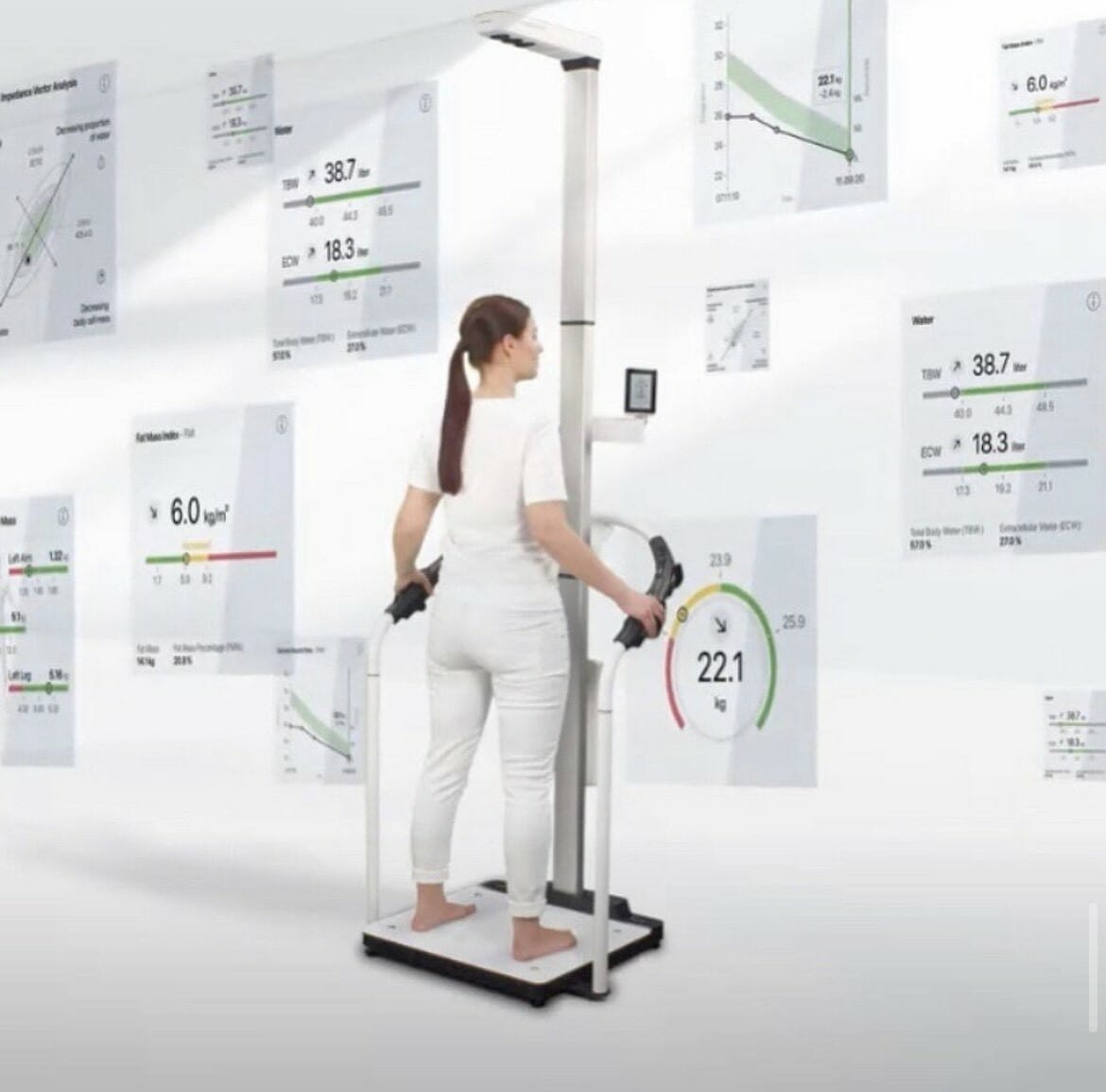





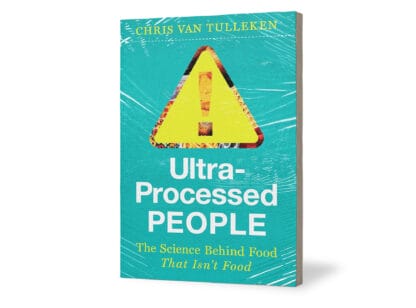

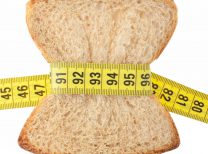





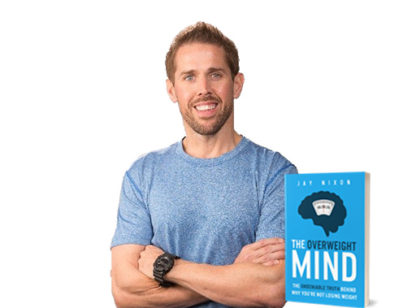



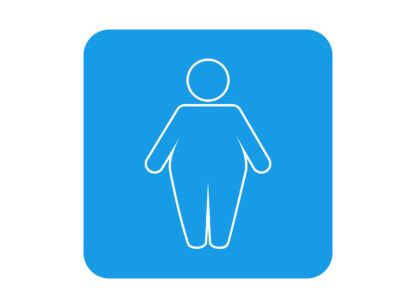




























Comments (0)